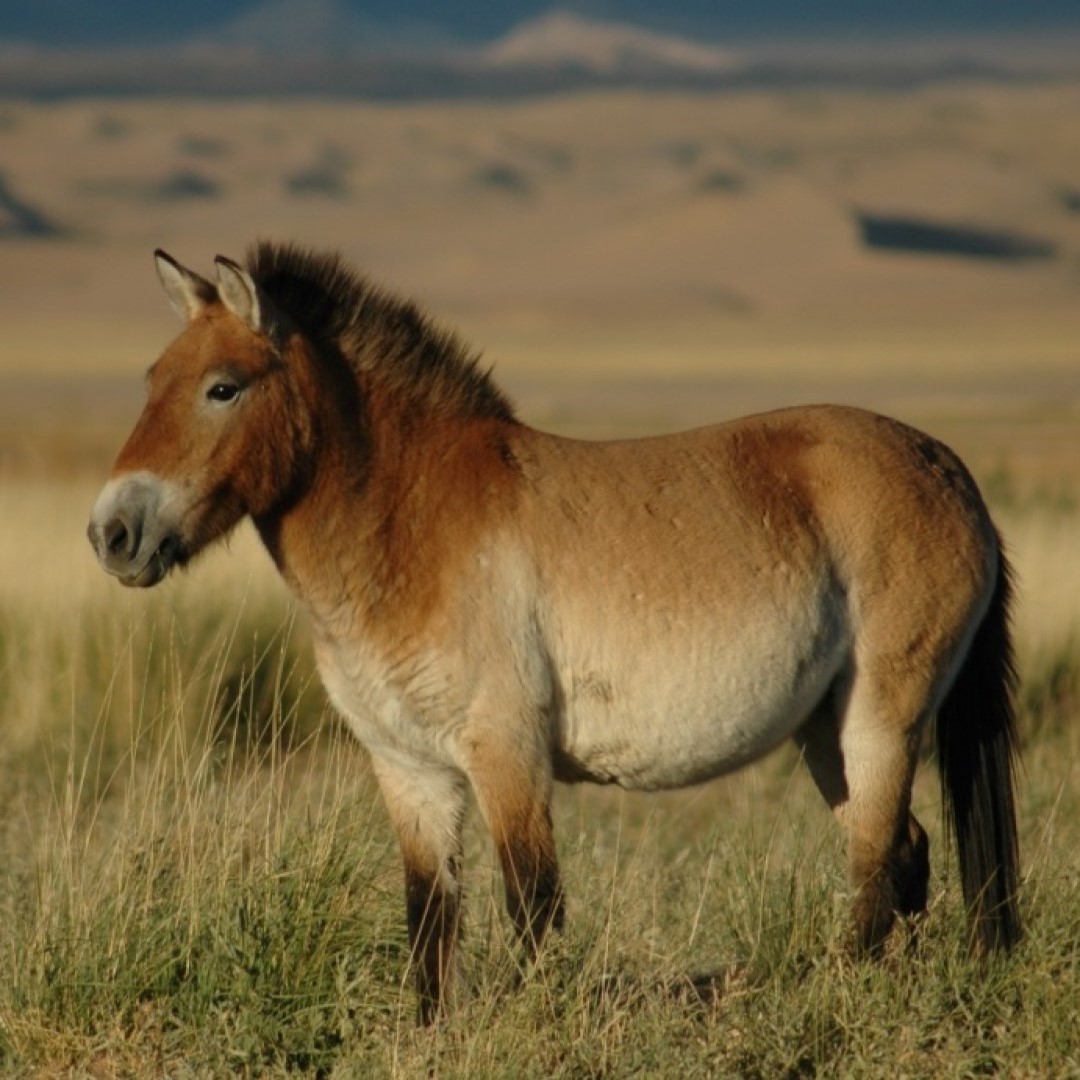
Landmark Study Highlights Cloning as a Proven Conservation Tool for Species on the Brink
On April 2, 2025, Wildlife conservation nonprofit Revive & Restore published a landmark study in the peer-reviewed journal Animals that provides the first complete history of animal cloning and underscores its viability as a conservation tool.
The paper, titled “Towards Practical Conservation Cloning: Understanding the Dichotomy Between the Histories of Commercial and Conservation Cloning” represents the most comprehensive analysis ever conducted on the topic, documenting all 56 species and subspecies successfully cloned to date. For conservation organizations and funding agencies, the study’s conclusions offer a clear path forward: strategic investment in cloning can provide unique genetic diversity management capabilities.
This comprehensive review affirms that cloning is not an experimental futuristic technology, but a proven methodology ready for conservation application. The study’s findings overturn decades of misconceptions about clones’ short lifespans and infertility.
In fact, clones not only reached adulthood, but most often met or exceeded natural life expectancy for 90% of species analyzed in the study. Significantly, of those reporting fertility results, 95% were fertile. These insights were only possible thanks to the field-building work of dozens of conservation-cloning scientists.
These many scientists not only pioneered the field since the early millennium, but freely shared both the scientific and sociopolitical factors that shaped their efforts as well as the long-term unpublished results of the lives of their clones to be presented for the first time in this review.
The study identified a self-perpetuating cycle that has hindered progress in cloning for wildlife conservation: limited funding forces small-scale, “one-off” studies, which create the perception that wildlife cloning is exceptionally challenging, in turn discouraging stakeholders from investing in the technology—further restricting available funding.
The first true applied-conservation cloning programs of the black-footed ferret and Przewalski’s horse, along with this paper, are evidence that this cycle can and should be broken.
Tags:
Source: Revive & Restore
Credit:
